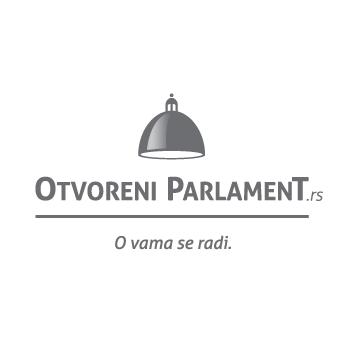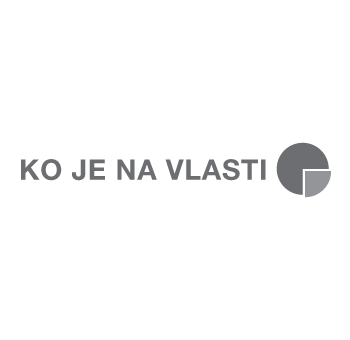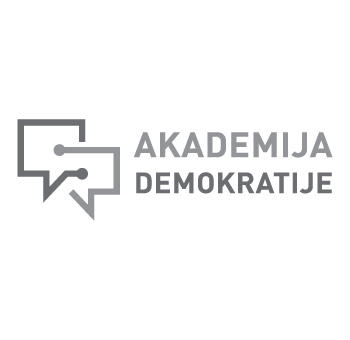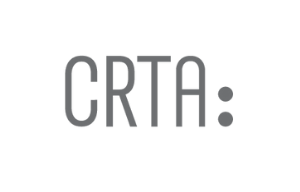Insufficient level of openness of courts and public prosecutor’s offices

Judicial authorities in Serbia and in the region fulfil less than one half of openness indicators which leads to a conclusion that an urgent action is needed in order to improve the openness, as found out by the research “Openness of judiciary authorities in the region and in Serbia”. The research comprised the evaluation of four areas: accessibility, efficiency, integrity and transparency and measured the degree to which the institutions are open towards citizens and the society. This research has been conducted by the CRTA, in cooperation with partners from a regional network NGO “ActionSEE“ in the period from October to the end of December 2016.
The courts in the region fulfil 48% of openness indicators, whereas the prosecutor’s offices’ results are even lower as they realise only 40% of the indicators.
In Serbia, courts of general and special jurisdiction fulfil 36 per cent of indicators, while public prosecutor’s offices realise a mere quarter, i.e. 25 per cent. The openness of courts and public prosecutor’s offices in Serbia has been measured on the basis of a random representative sample that included 41 courts of general and special jurisdiction and 22 basic and higher public prosecutor’s offices.
The transparency of the judicial power in Serbia is not at a satisfactory level, as there are different practices in the publishing of organisational information depending on the court’s level, and whether separate courts have their portals or not. Nonetheless, nearly 70% of courts from the sample that have a webpage have not updated its contents for more than 15 days. This situation is even more visible with the public prosecutor’s offices as 90 per cent do not have or do not regularly update their websites through which the information could reach the public.
In the area of accessibility of courts, measured in relation to the approach to justice and the publicity of court proceedings, the research has shown that in the majority of courts there are no sufficiently developed mechanisms for providing information to the members of vulnerable groups and minorities about their rights (SOS phone number, brochures), whereas people with disabilities and with reduced mobility cannot access the majority of courtrooms. On the up side, the majority of courts prescribe procedures for filing complaints about the work of judges and court employees via website. Citizens have a limited possibility to access their cases via websites, as less than one half of the courts comprised in this research provide this option. The accessibility of the work of public prosecutor’s offices is at a somewhat higher level than their transparency as it fulfils 29% of indicators. The right to access to the information is restricted by the fact that only one half of institutions publish the contact person in charge of free access to the Information.
The integrity of courts and public prosecutor’s offices has been evaluated in relation to the existence and publishing of the Code of Ethics for judges, i.e. public prosecutors and also of the Code of Ethics for courts employees. The Code of Ethics issued by the High Judicial Council is abiding for all courts and judges, whilst basic and higher public prosecutor’s offices in Serbia are obliged by the Code of Ethics of Public Prosecutors and Deputy Public Prosecutors of Serbia, adopted by the State Prosecutorial Council. However, there is no code of ethics in Serbia that would regulate moral and professional principles in the work of the court employees.
In the area of efficiency, courts realise 61% of indicators. The Law on Judges stipulates a random case assignment according to a schedule that is independent of personality of parties and circumstances of the legal matter. Courts are obliged to submit reports on their work to the competent authority whereby two thirds of courts files such reports to the competent authority in a timely manner. As far as the efficiency of prosecutor’s offices is concerned, it is at a lower level than courts’, nevertheless it fulfils over one half of indicators – 56 per cent. The majority of public prosecutor’s offices have submitted to the competent authorities their reports for the previous year.
Research “Openness of courts and public prosecutor’s offices in the region and in Serbia” is a part of a more comprehensive research “Regional Institution Openness Index”.
Download / View PDF here








